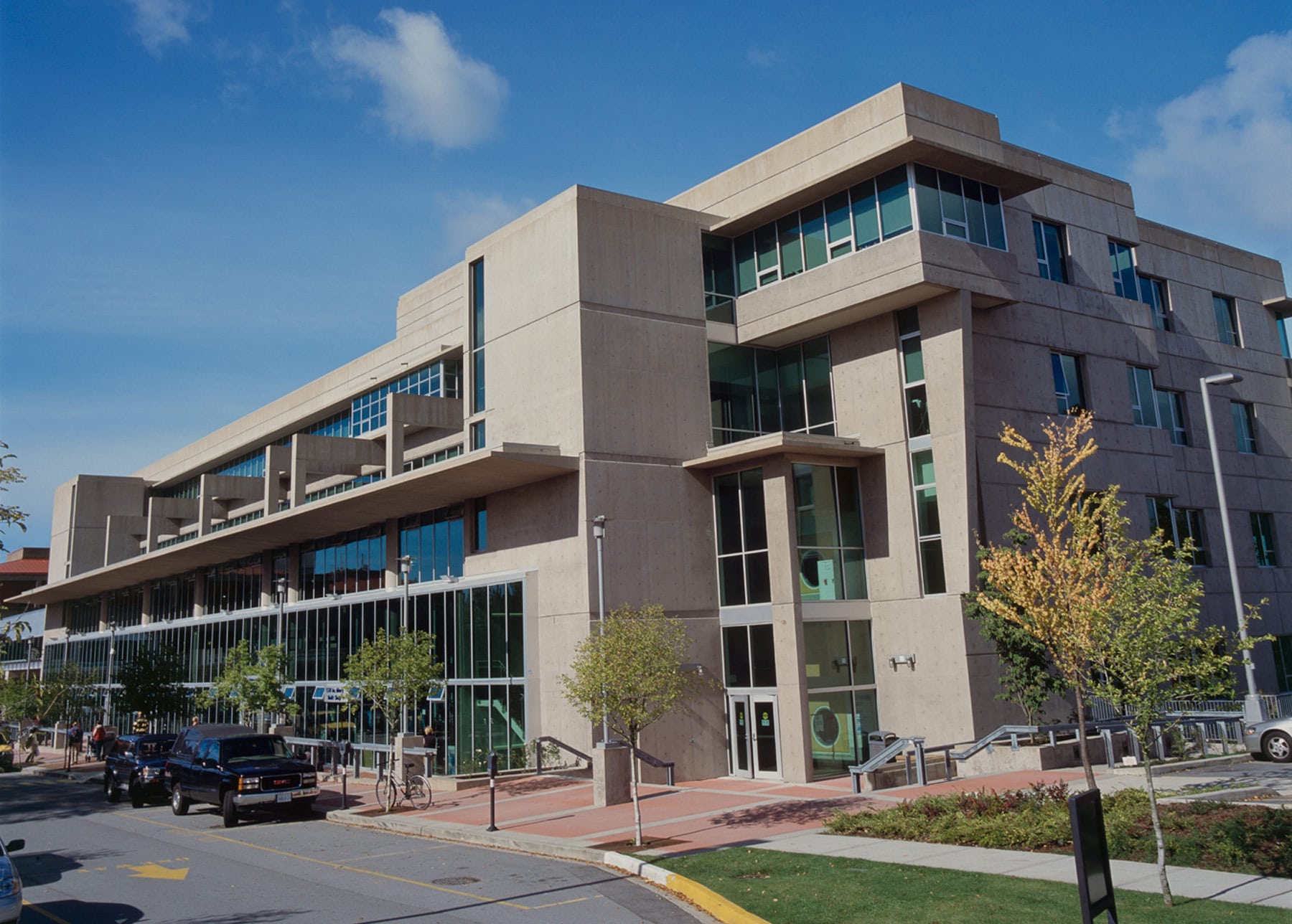

Roofing Resources
Anatomy of an unhealthy roof
At Design Roofing, we are committed to helping our customers understand their roofs. We created these interactive maps to help walk you through different aspects of your roof and potential problems you may have. This particular roof type is a Tar & Gravel Roof System. Highlighted are the most common problems found on many roofs. We hope this tool helps you learn more about one of the most important parts of your building.
The roof represents 5 – 7 % of capital building costs, but covers 100% of the building. Taking care of your roof with regular maintenance and preventing these issues will help ensure the longevity of your investment.
- 1. Skylights
- 2. Damaged or Improperly Installed Metal
- 3. Moss and Vegetation Growth
- 4. Missing and Damaged Plumbing Stacks
- 5. Debris and Metal Left by Trades
- 6. Improper Seals on Vents
- 7. Roof Drains
- 8. Exposed Electrical Penetrations
- 9. Rusting Vents, Units and Ducts
- 10. Ridging and Splits in Membrane
